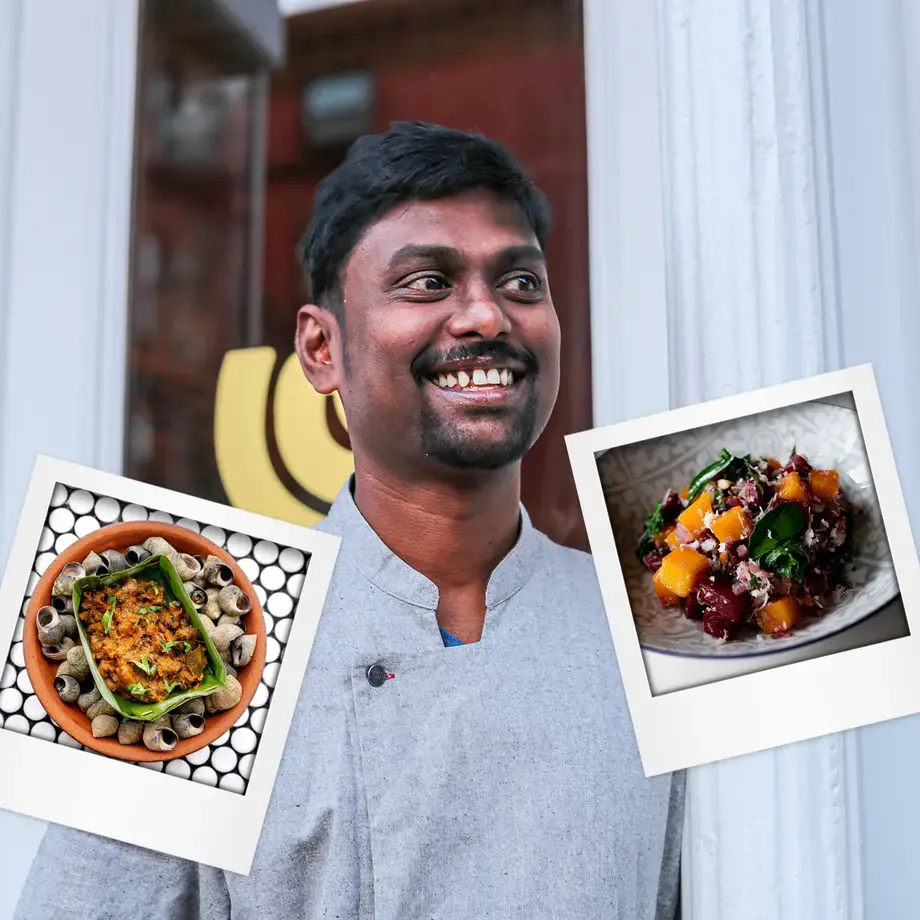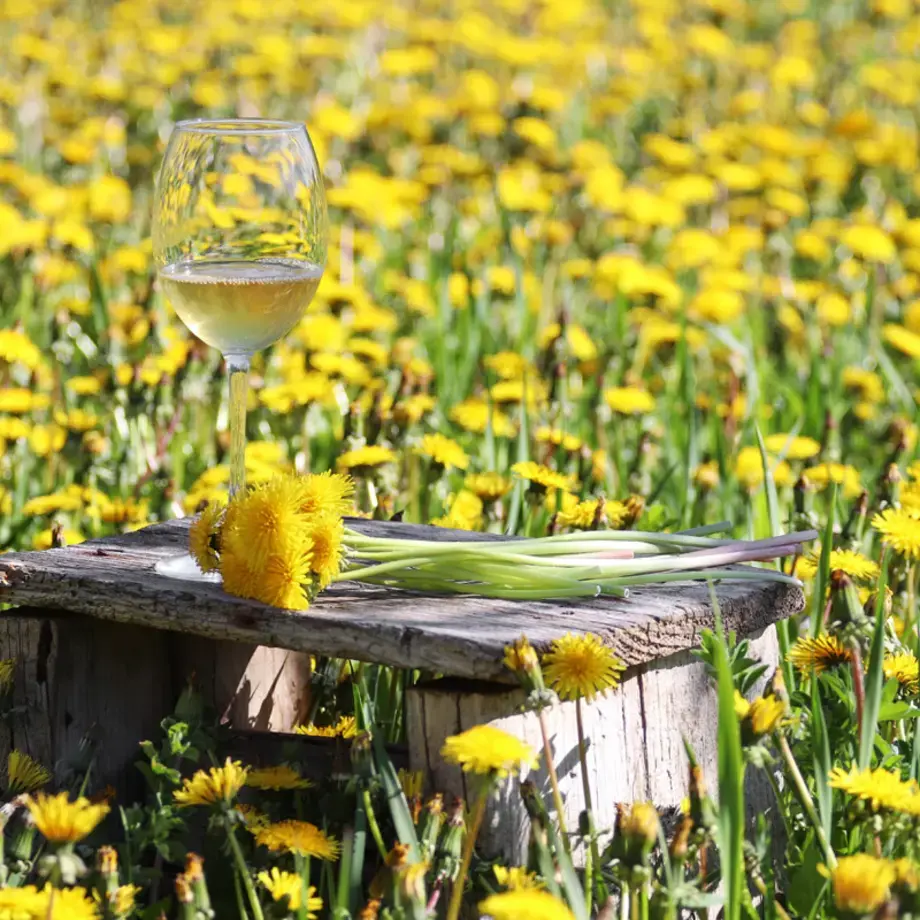Curry leaves seem to suffer an identity problem. They are often confused with curry powder, which does not contain curry leaf at all. Curry powder is a spice mix made to resemble the flavour of curry leaves, which are a seasoning in South Indian curries.
That brings us to that other word curry, which is a generic term for describing Indian stews. Curry dishes got their name from the South Indian word kari, which is what curry leaf is called.
Now that we've gotten our curry facts straightened out, let's take a closer look at this fragrant and splendid leaf.
Curry Leaf: A Little Background
Kari or curry leaves come from a curry tree related to the citrus family and native to South India and Sri Lanka. Its botanical name is murraya koenigi and the plant is also sometimes erroneously known as sweet neem.
Although the curry tree is often small (about 4 to 6 metres), its leaves pack a punch. Curry leaves are high in antioxidants and have been used in Ayurveda, traditional Indian medicine, for thousands of years. They have been used to treat heart disease, cancer, type 2 diabetes, infections and inflammation.
An old remedy for combating morning sickness involves mixing the juice of curry leaves with fresh lime juice and sugar.
Curry trees grow best in well-drained soils and preferably in spots sheltered from the wind. Although native to the Indian subcontinent, commercial plantations have also recently been established in Australia.
How Is The Curry Leaf Used?
Curry leaves are an indispensable feature of Indian cuisine and traditional medicine. They are usually used in the first preparation stage of Indian cooking, fried alongside vegetable oil, mustard seeds and chopped onions. South Indian curries get their unique flavour from curry leaves, which are also very popular in the cuisines of Sri Lanka, Malaysia, Singapore and Burma. Curry leaves are added to stews, South Indian soups rasam and sambar, lentil dishes, chutney and even the famed appetiser samosas.
How Do I Cook with Curry Leaves?
To cook with curry leaves, use them at the beginning of the cooking process.
Pull each leaf off its stem and fry in hot oil. This releases its essential oils into the cooking oil, which will add plenty of flavour to your dishes. Curry leaves are great in vegetable, bean, seafood or meat dishes such as lamb curry (pictured below).












